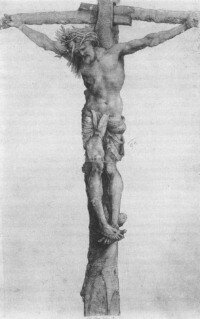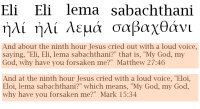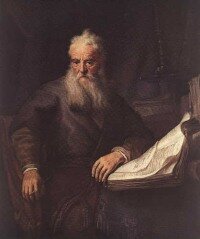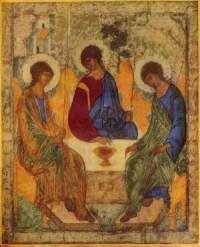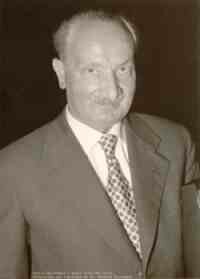 The Gospel of John, (literally, According to John; Greek, Κατά Ιωαννην, Kata Iōannēn) is the fourth gospel in the biblical canon of the New Testament, traditionally ascribed to John the Apostle. Like the three synoptic gospels, it contains an account of some of the actions and sayings of Jesus, but differs from them in ethos and theological emphases. The purpose is expressed in the conclusion, 20:30-31: "..these [Miracles of Jesus] are written so that you will put your faith in Jesus as the Messiah and the Son of God. If you have faith in Him, you will have true life."
The Gospel of John, (literally, According to John; Greek, Κατά Ιωαννην, Kata Iōannēn) is the fourth gospel in the biblical canon of the New Testament, traditionally ascribed to John the Apostle. Like the three synoptic gospels, it contains an account of some of the actions and sayings of Jesus, but differs from them in ethos and theological emphases. The purpose is expressed in the conclusion, 20:30-31: "..these [Miracles of Jesus] are written so that you will put your faith in Jesus as the Messiah and the Son of God. If you have faith in Him, you will have true life."According to Trinitarianism, of the four gospels, John presents the highest Christology, implicitly declaring Jesus to be God.
Compared to the synoptics, John focuses on Jesus' cosmic mission to redeem humanity. Only in John does Jesus talk at length about himself, and John includes a substantial amount of material that Jesus shared with the disciples only. Certain elements of the synoptics (such as the parables of Jesus, exorcisms, and the Second Coming of Christ) are not found in John.
More...

